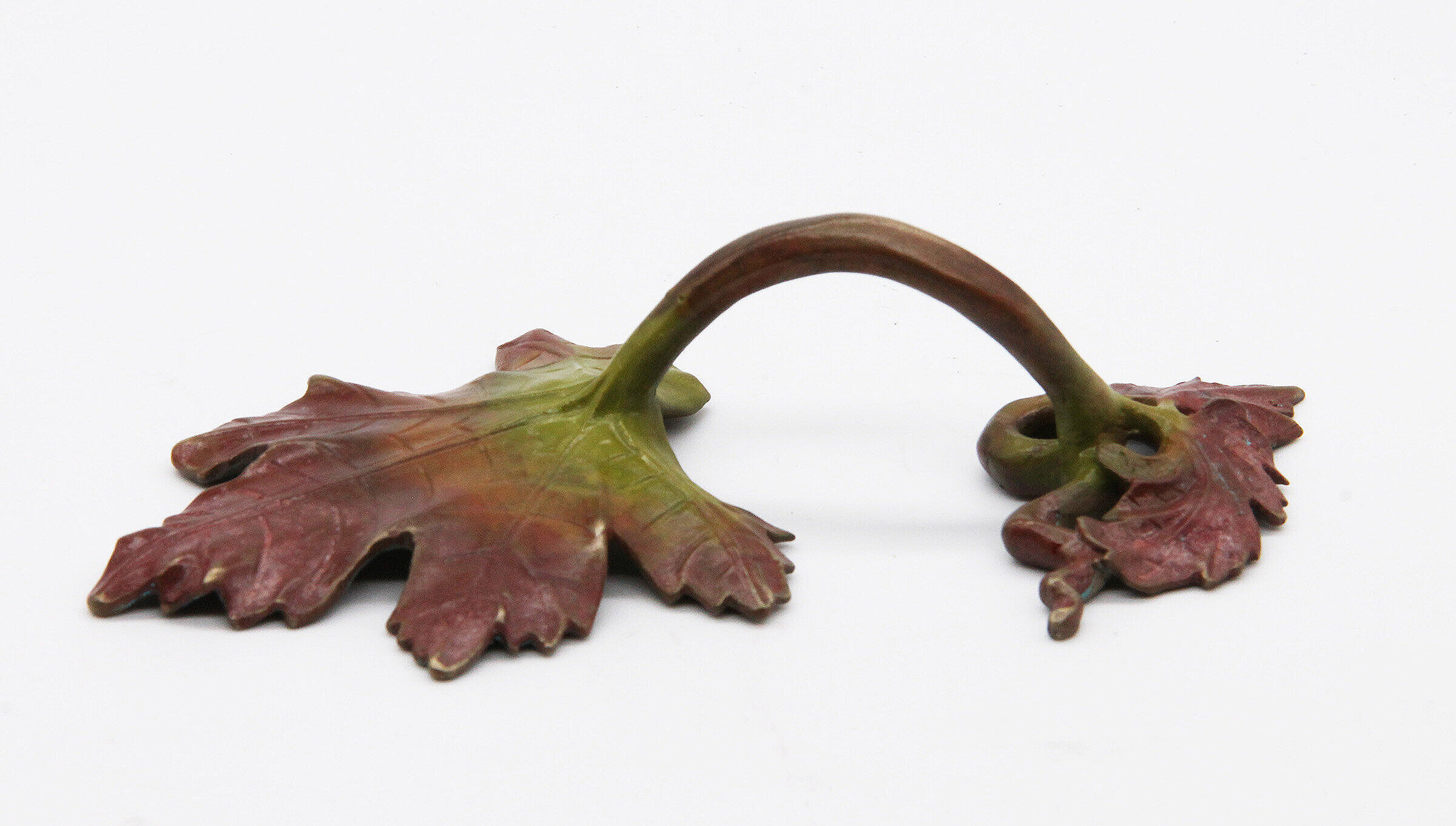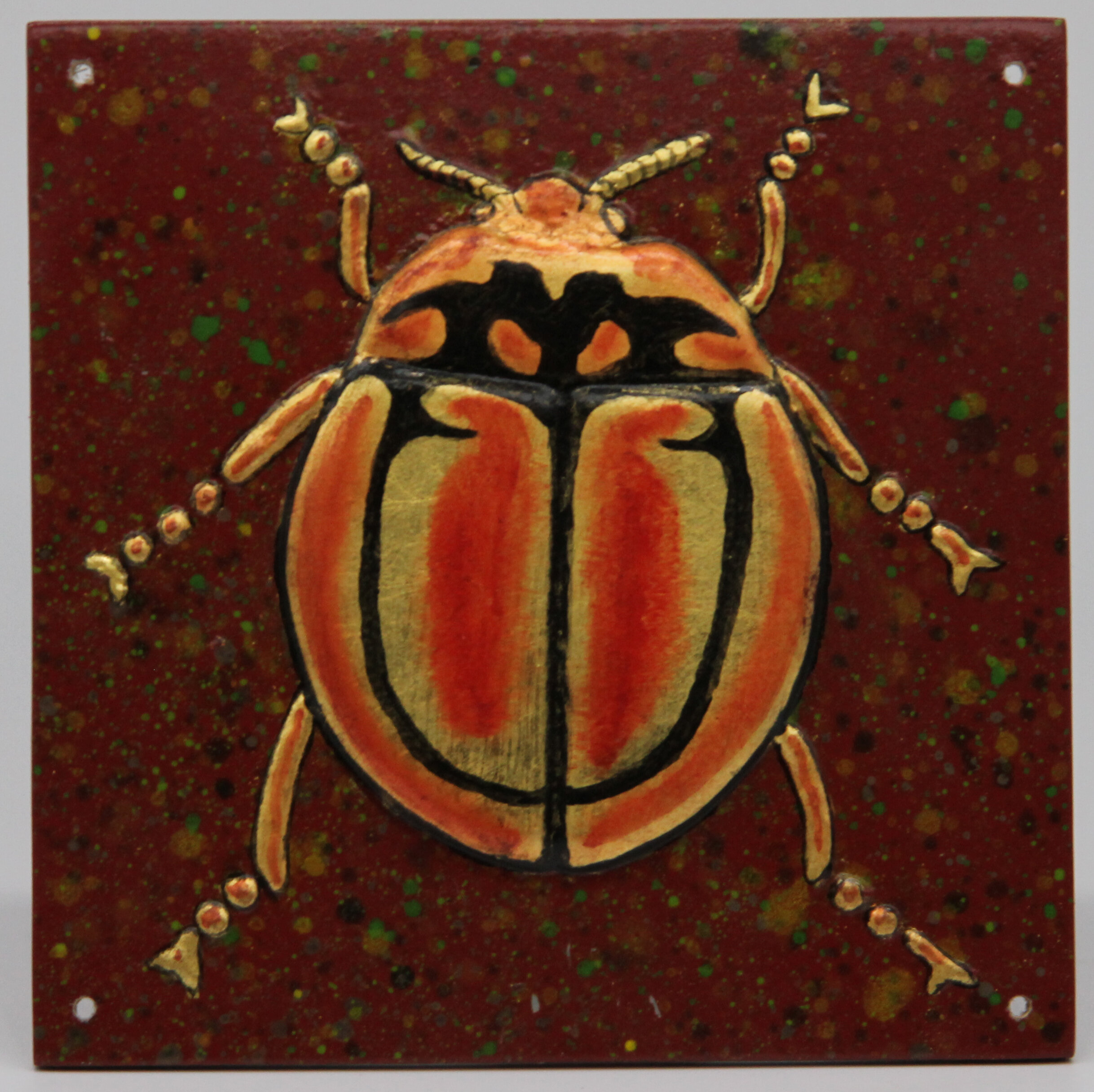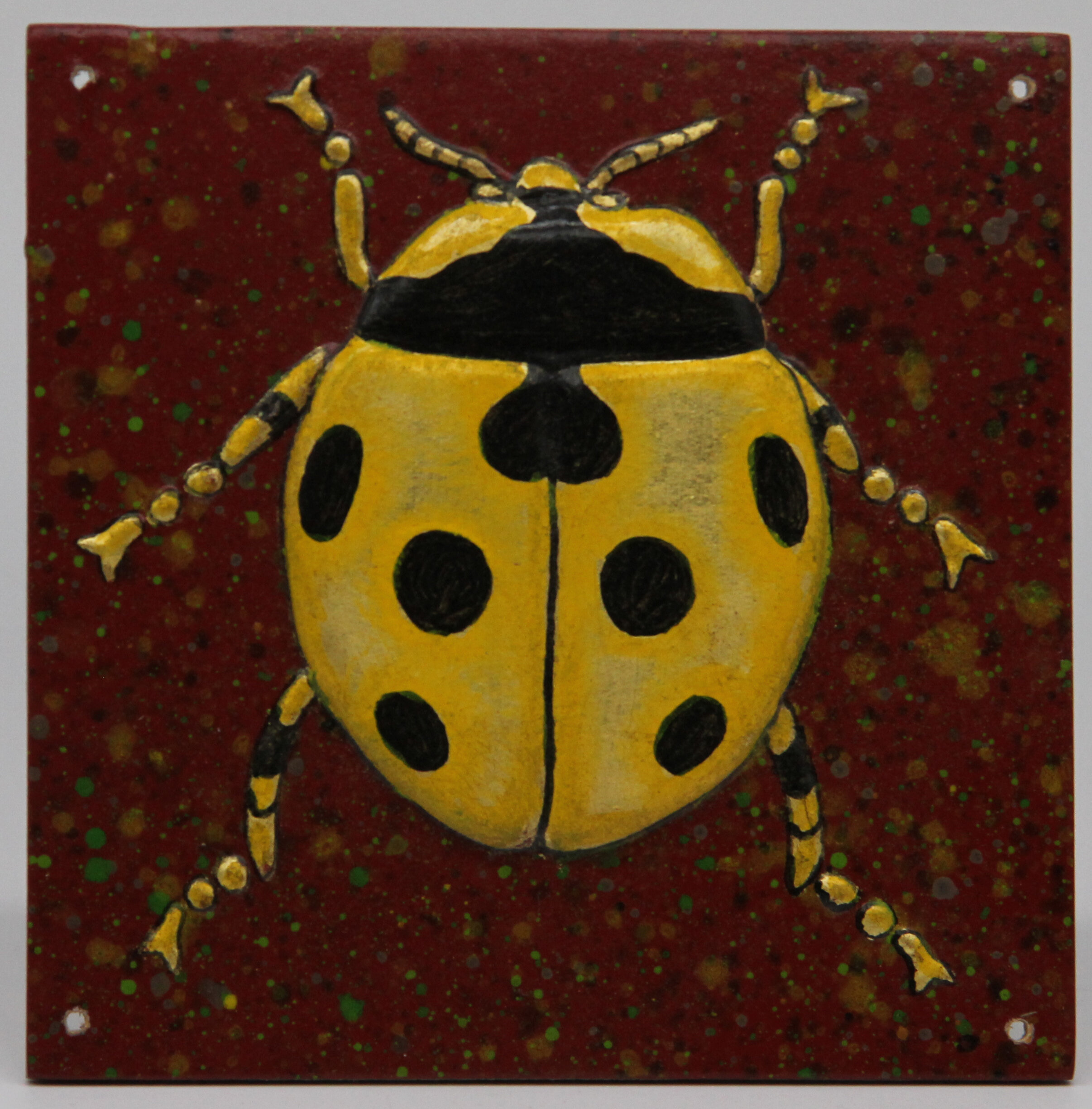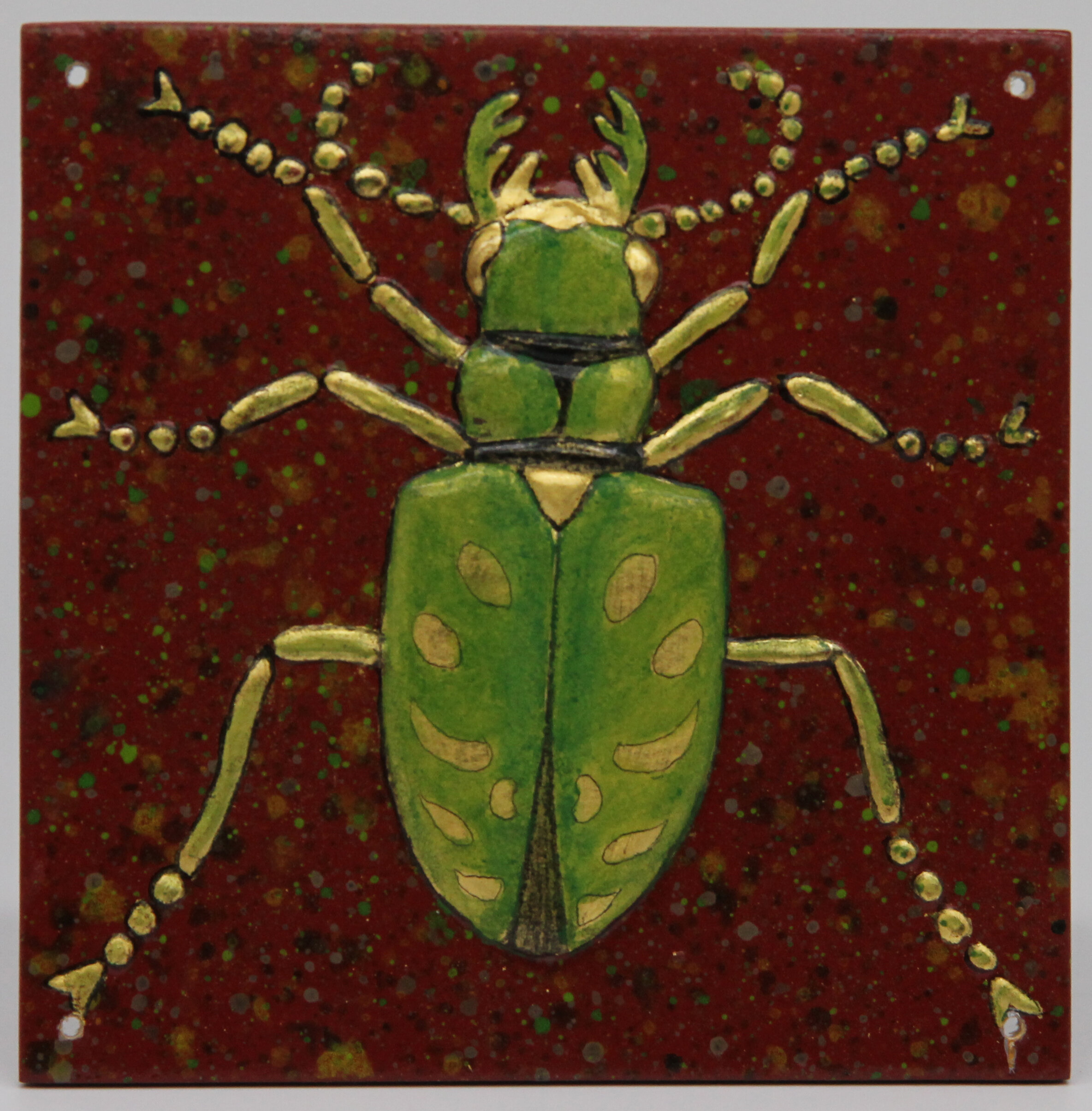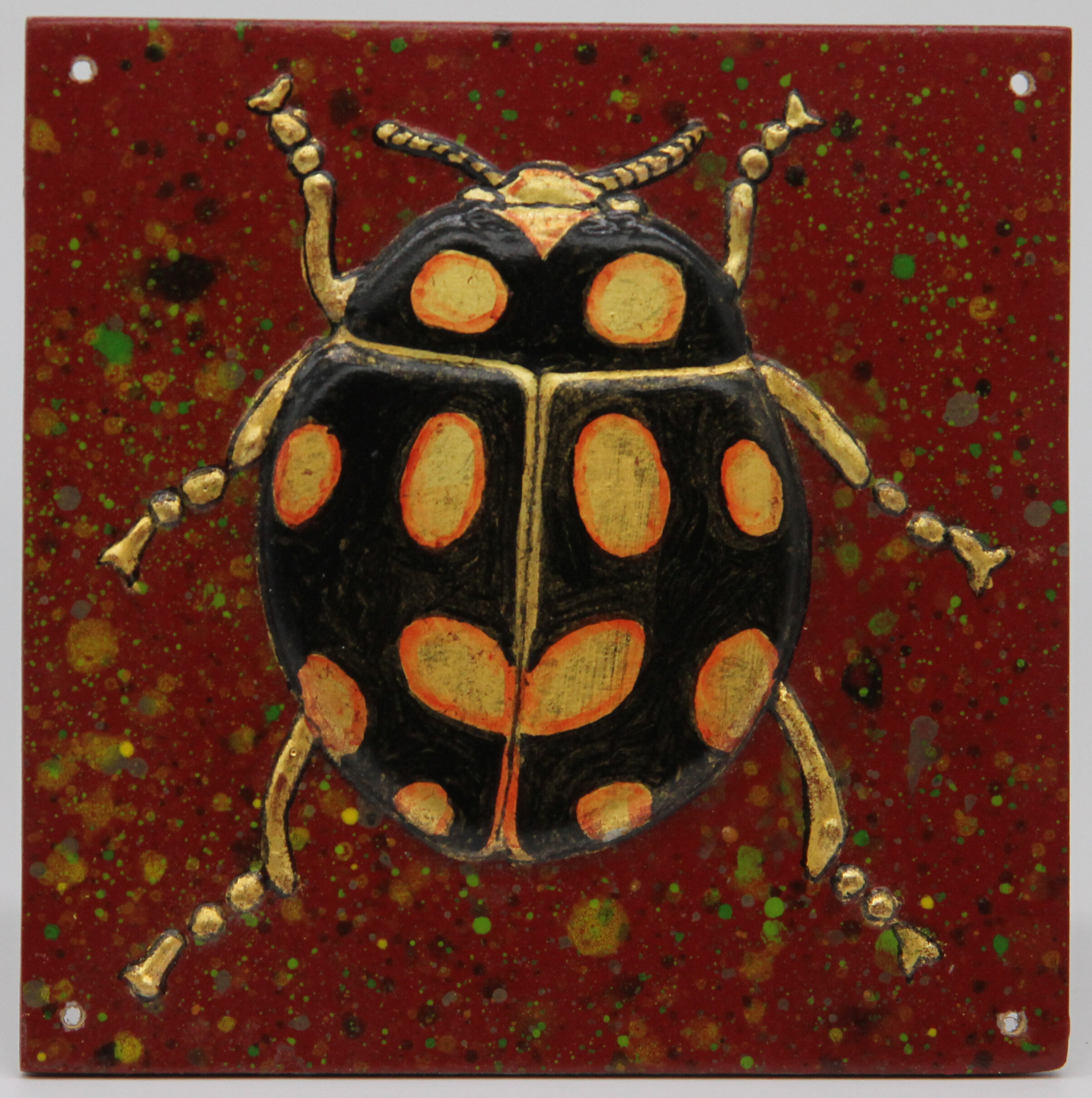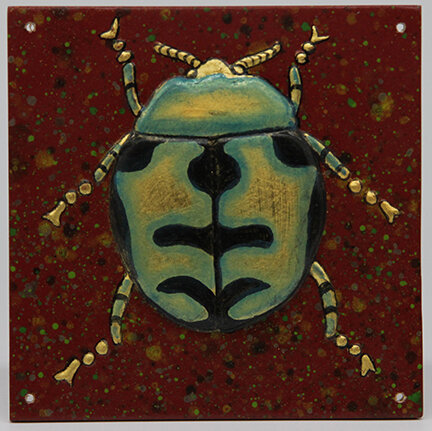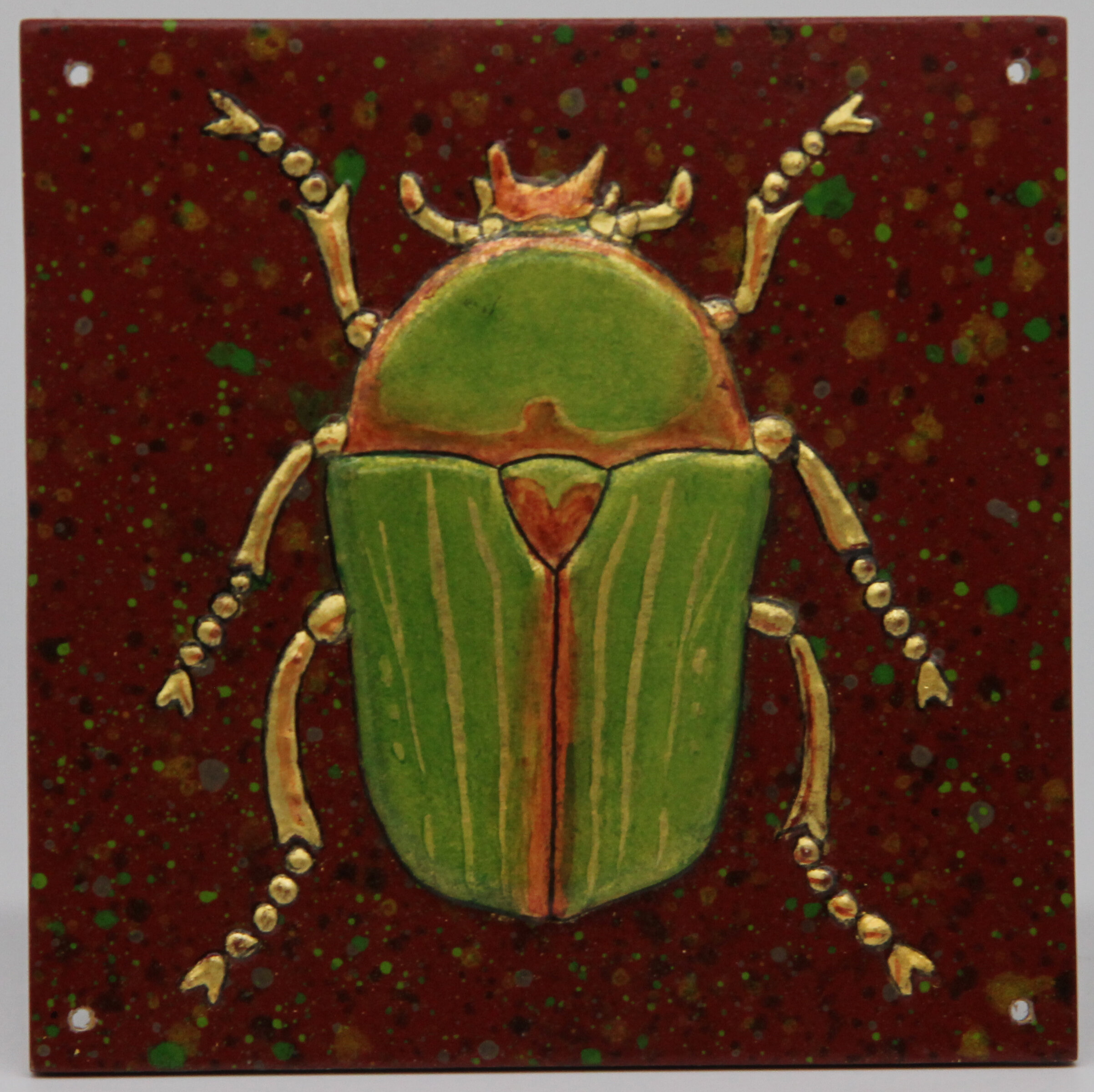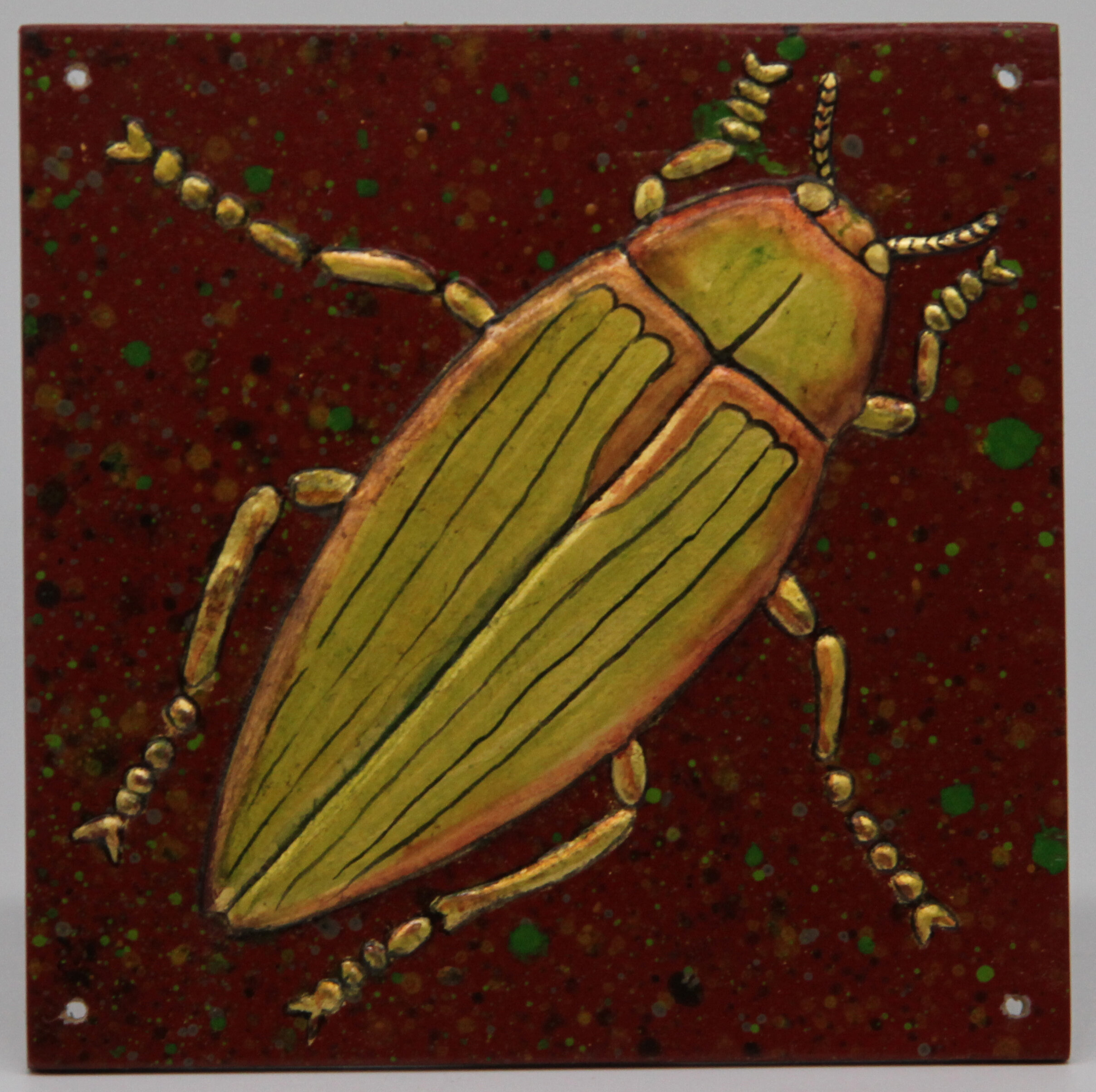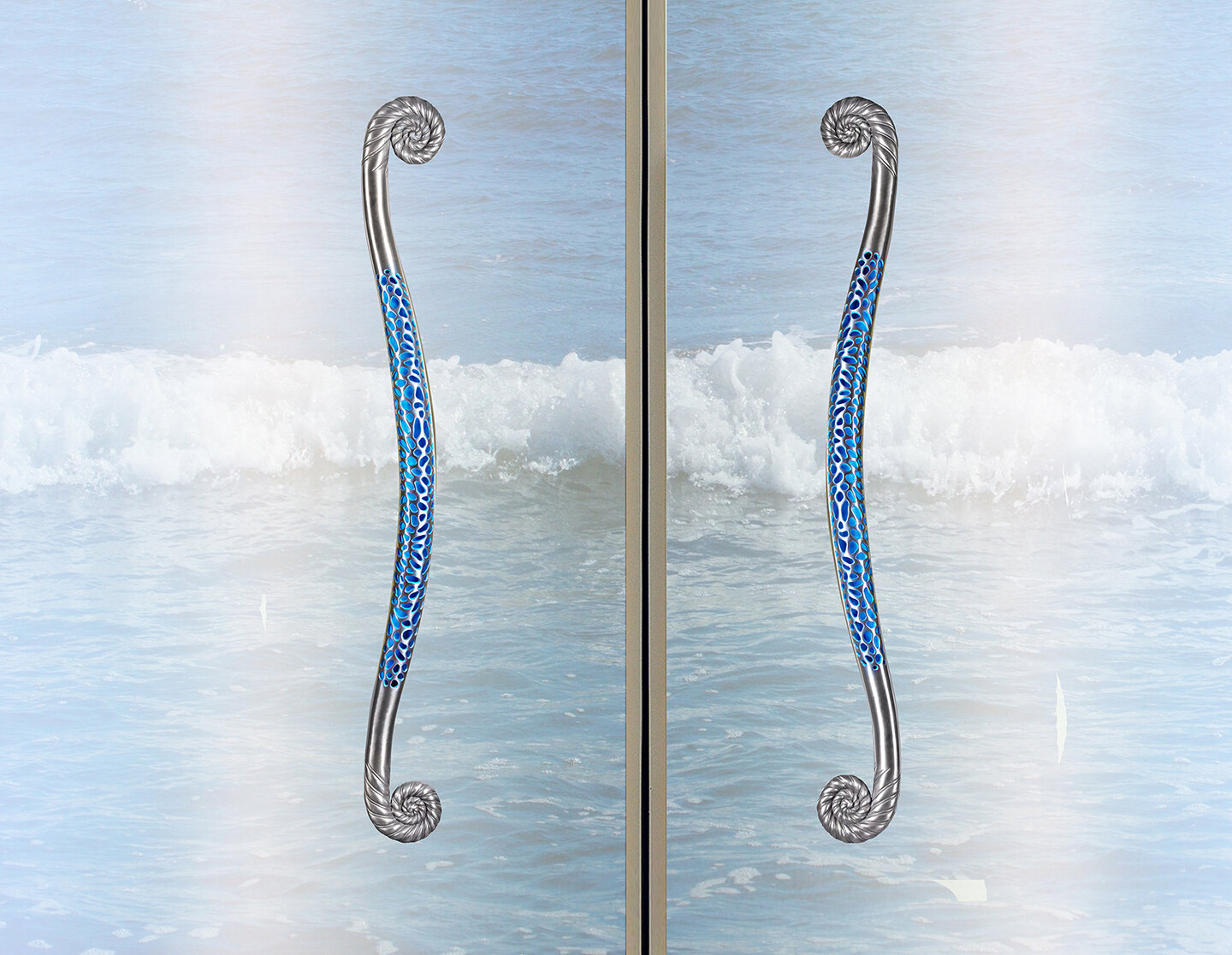We are adding new pieces to our Morphic collection of cabinet pulls and will soon be launching new pages on our website to include these new additions. However, the Covid-19 challenge and the resulting home- work environment has hampered our progress so we will be releasing a preview of these new pieces as they are cast and photographed.
The new Morphic corner pull was designed as a 90° angled piece that can be positioned at the top or bottom of upper or lower cabinet doors. The pull was designed to be non-directional and the 90° angle means that it will work on left or right-handed doors to form an easy to hold ergonomic pull. Math savvy readers should not confuse the handing of a door with the angle of the pull which is always a 90° right angle regardless of the way it is positioned on a door. Apparently, even if the pull is positioned at a 9:00 clock position and therefore left facing it is still a right angle! Thankfully doors have an easy to understand logic, if the hinges are on the left as you face the outside of the door then it is a left-handed door and vice versa.
Process
The piece began as a sketch and from there it materialized as a three-dimensional pattern. The pattern was used to create a one-part rubber mold and melted wax was poured into it to create wax facsimiles. From here the waxes were shelled, fired and finally invested with molten metal. When cast in stainless steel we will be offering this in a brushed durable and easy to clean 316 stainless steel. We will also be making it available as a bronze casting for those seeking a warmer look for their kitchen cabinetry.

























